Sightseeing & Accommodation
Welcome to Kyoto - 京都 -!!
Kyoto (京都, Kyōto) served as Japan's capital and the emperor's residence from 794 until 1868. It is one of the country's ten largest cities with 1.5 million inhabitants and a modern face. Over the centuries, Kyoto was destroyed by many wars and fires, but due to its exceptional historic value, the city was dropped from the list of target cities for the atomic bomb and escaped destruction during World War II. Countless temples, shrines and other historically priceless structures survive in the city today.
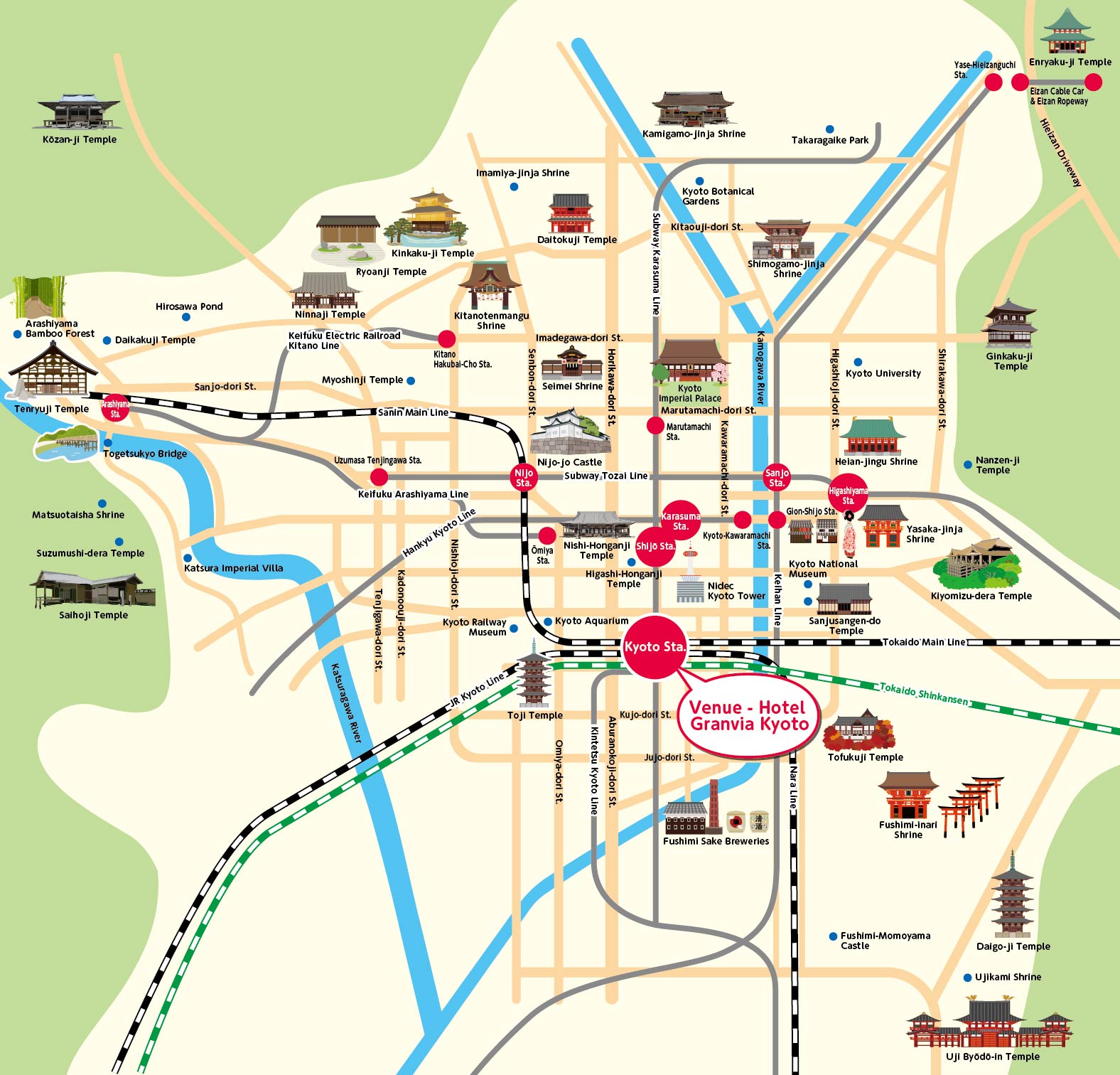
Kyoto UNESCO World Heritage Sites
There are 17 UNESCO World Heritage Sites in Kyoto.
Built in A.D. 794 on the model of the capitals of ancient China, Kyoto was the imperial capital of Japan from its foundation until the middle of the 19th century. As the centre of Japanese culture for more than 1,000 years, Kyoto illustrates the development of Japanese wooden architecture, particularly religious architecture, and the art of Japanese gardens, which has influenced landscape gardening the world over.
Central Area
-

- To-ji Temple
-

15min. walk from the venue
-

- Nishi-Hongan-ji Temple
-

20min. walk from the venue
-
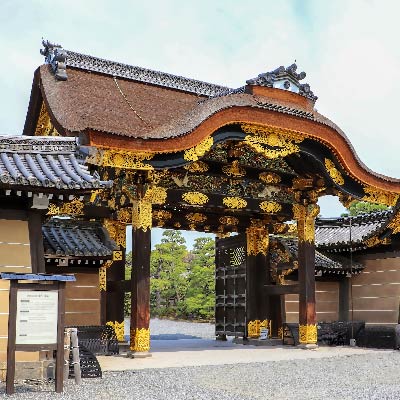
- Nijo-jo Castle
-

Subway:Take Tozai Line to Nijo-jo mae Sta.
North Side of Kyoto
-
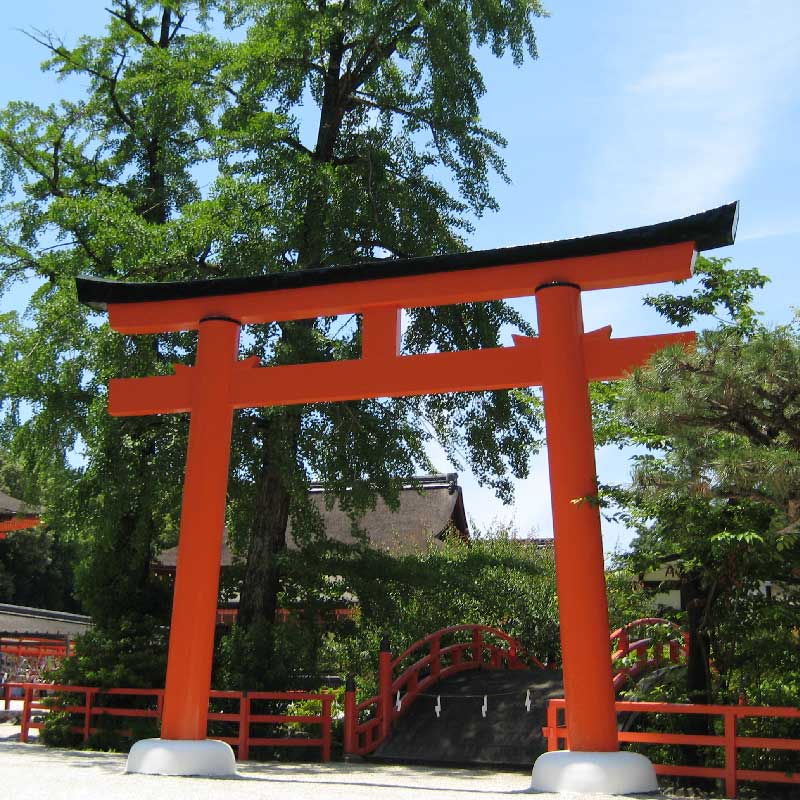
- Shimogamo-jinja Shrine
-

City Bus: Get off at Shimogamojinja-mae Stop.
-
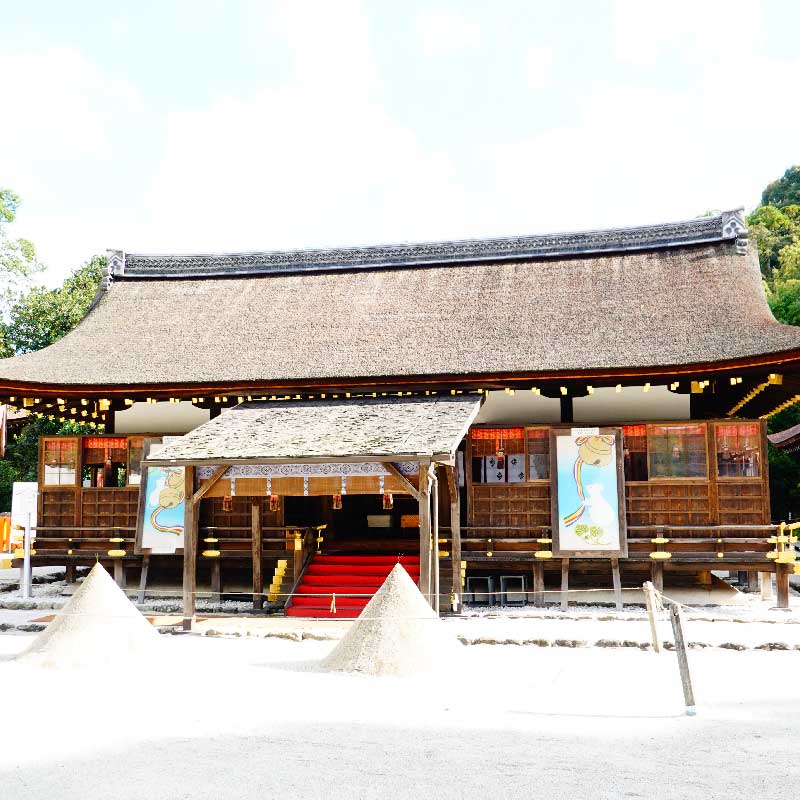
- Kamigamo-jinja Shrine
-

City Bus: Get off at Kamigamojinja-mae Stop.
West Side of Kyoto
-
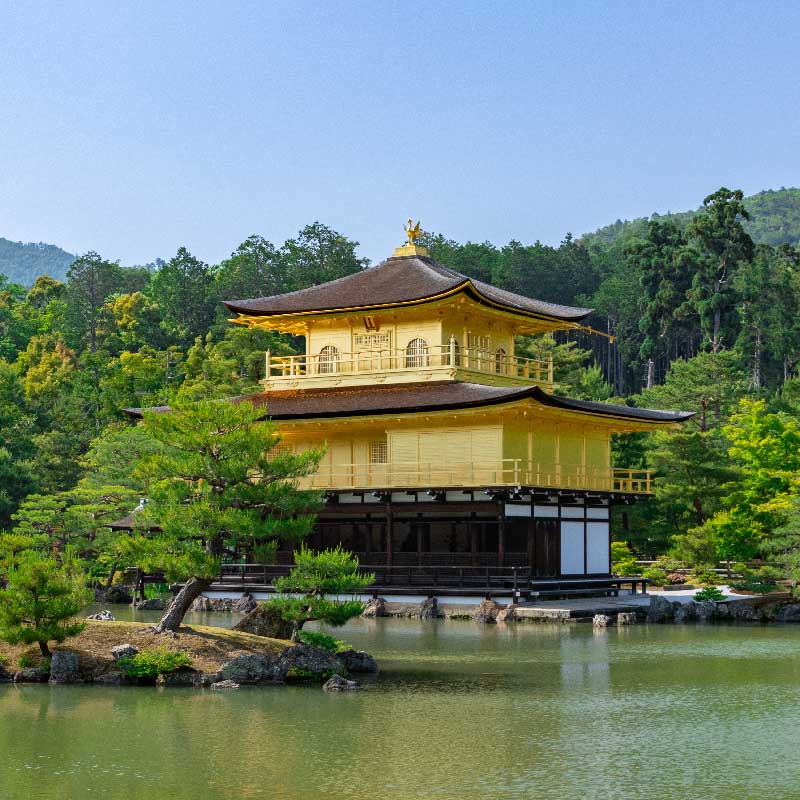
- Kinkaku-ji Temple
-

City Bus: Get off at Kinkakuji-michi Stop.
-
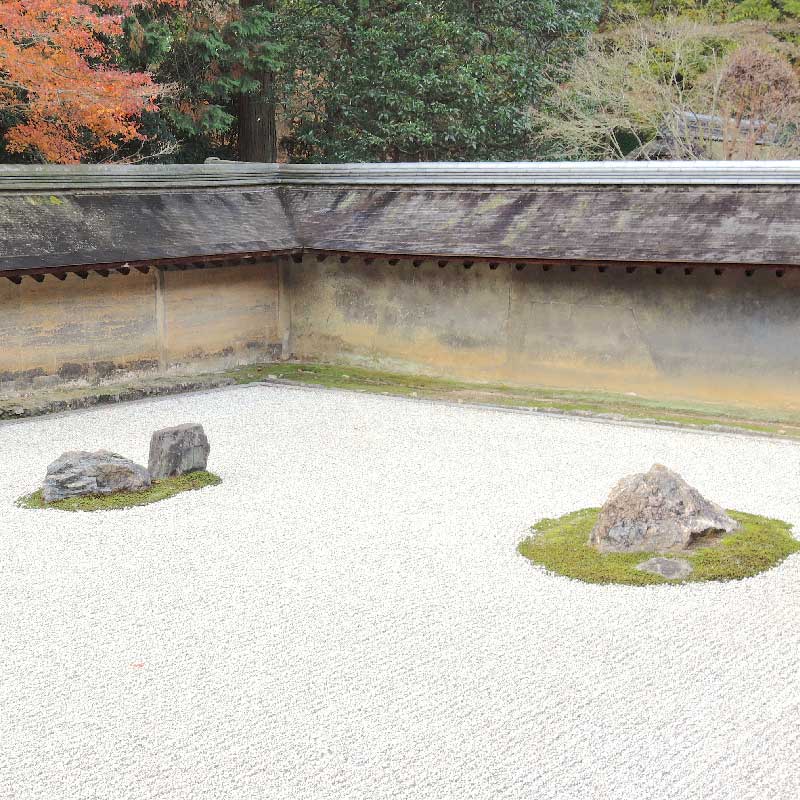
- Ryoan-ji Temple
-


City Bus: Get off at Ritsumeikan daigaku-mae Stop.
Train:Take Keifuku Kitano Line to Ryoanji Sta.
-
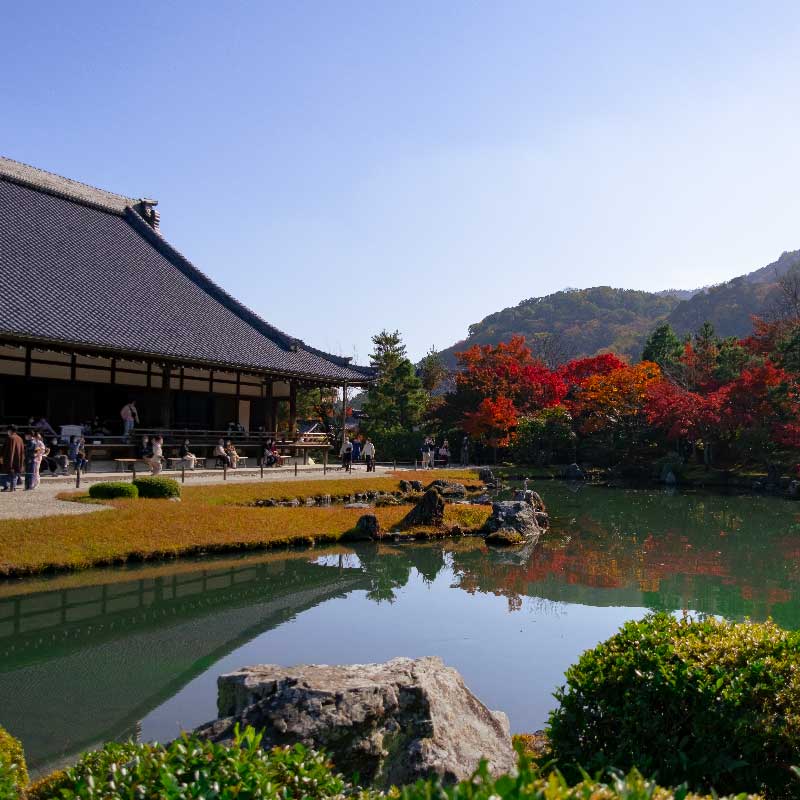
- Tenryu-ji Temple
-


City Bus: Get off at Arashiyama Tenryu-ji Mae Stop.
Train:Take Keifuku Dentetsu Arashiyama Line to Arashiyama Sta.
-
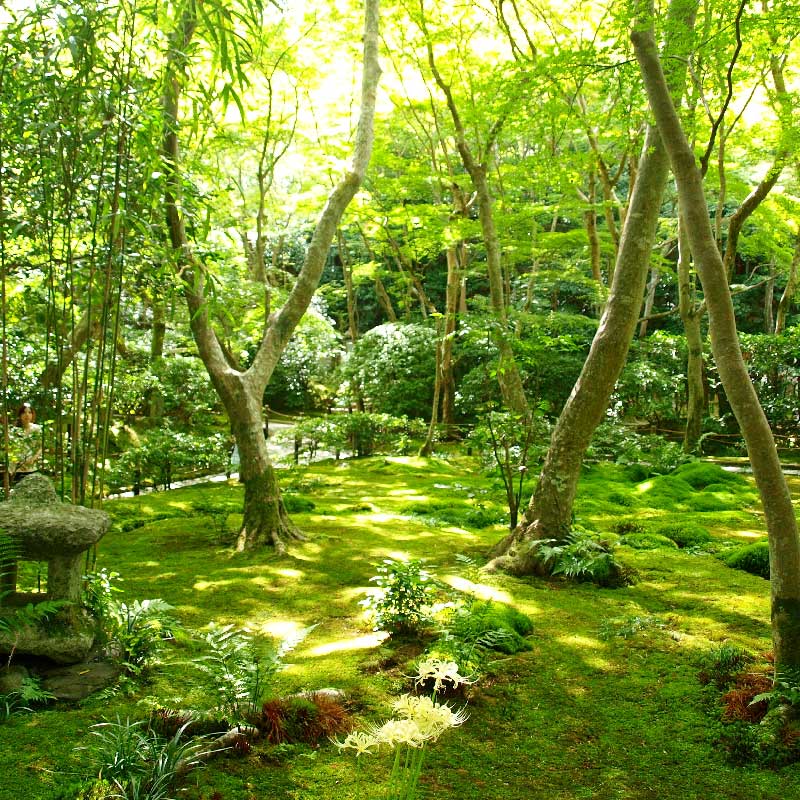
- Saiho-ji Temple
-

City Bus: Get off at Kokedera Stop.
-
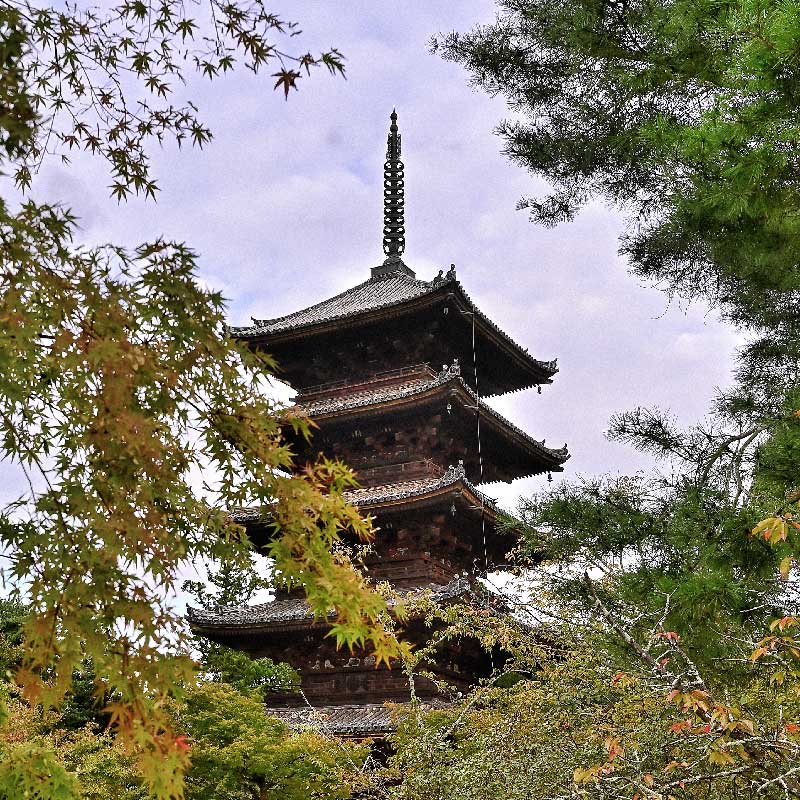
- Ninna-ji Temple
-

JR Bus: Get off at Omuro Ninnaji Stop.
-

- Kozan-ji Temple
-

JR Bus: Get off at Toganoo Stop.
East Side of Kyoto
-
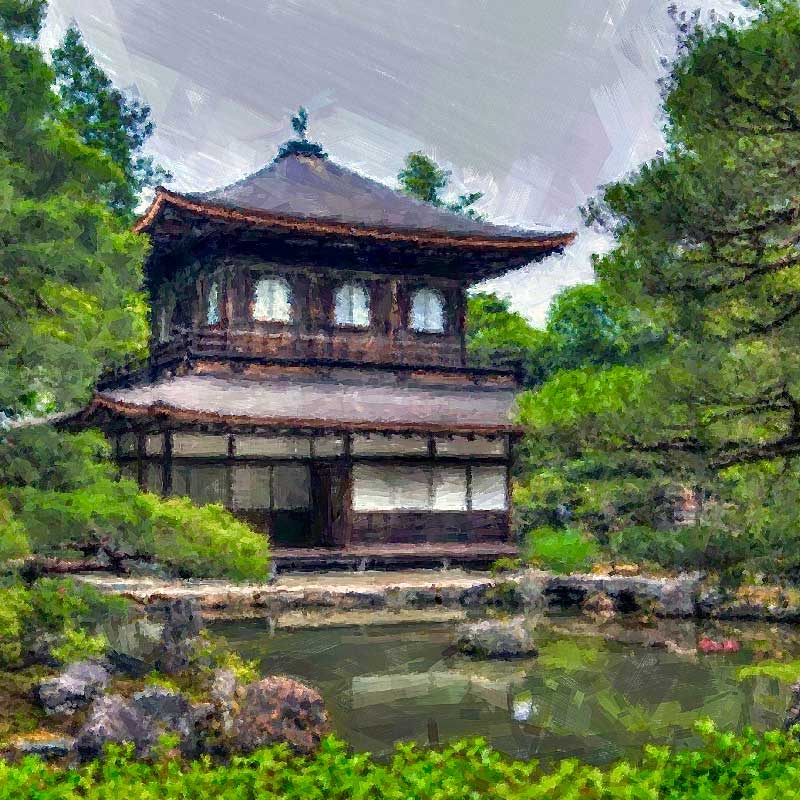
- Ginkaku-ji Temple
-

City Bus:Get off at Ginkakuji-michi Stop.
-
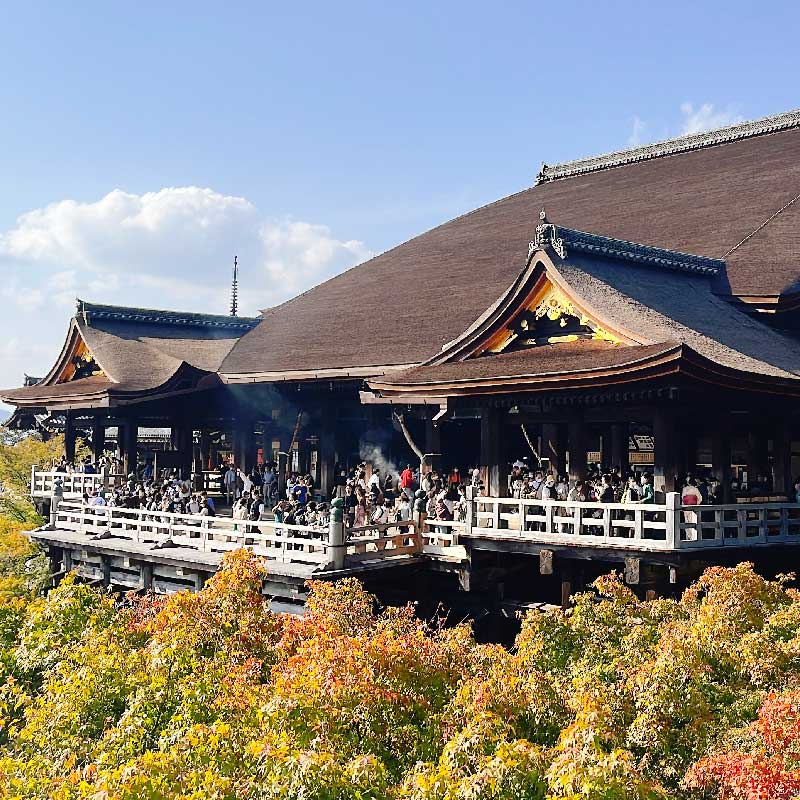
- Kiyomizu-dera Temple
-

City Bus: Get off at Gojo-zaka Stop.
Fushimi Area
-

- Daigo-ji Temple
-

Keihan Bus: Get off at Daigoji Stop.
Mt. Hiei
-
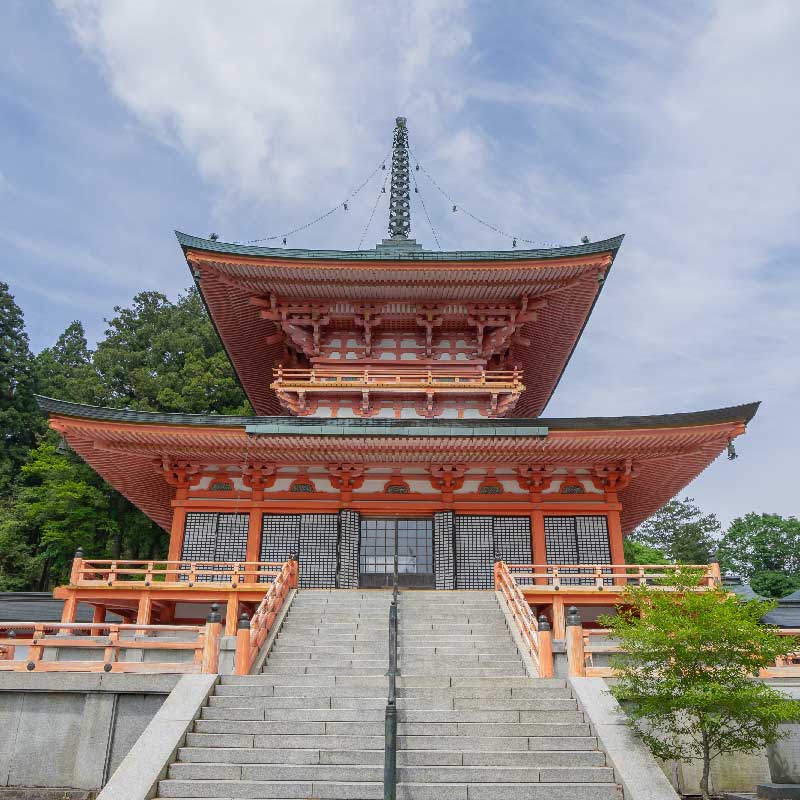
- Enryaku-ji Temple
-

Keihan Bus: Get off at Enryakuji bus Center Stop
Uji City
-
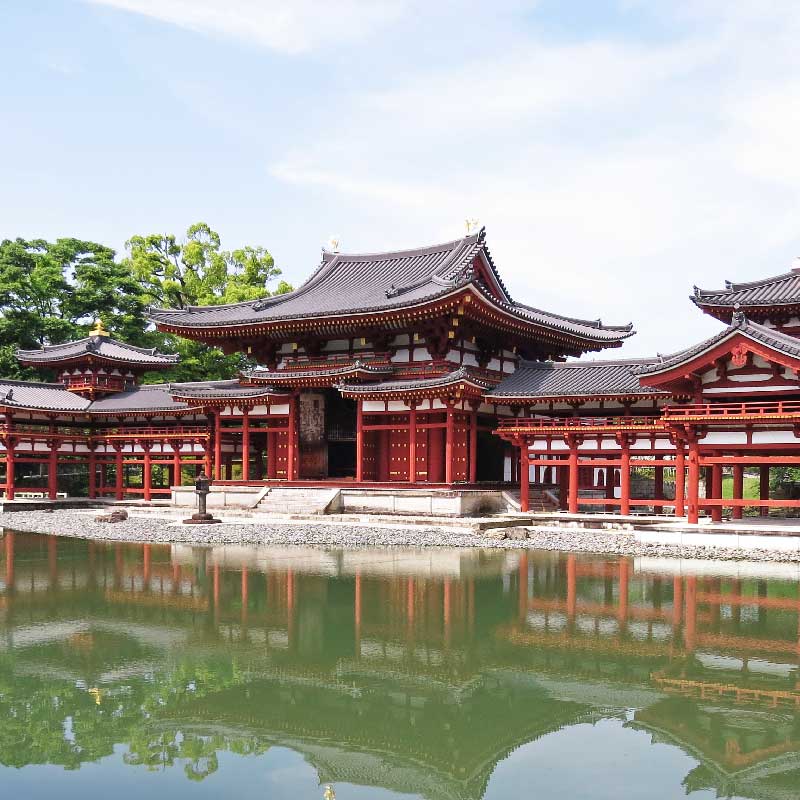
- Byodo-in Temple
-

Train:JR Nara Line to Uji Sta.
-
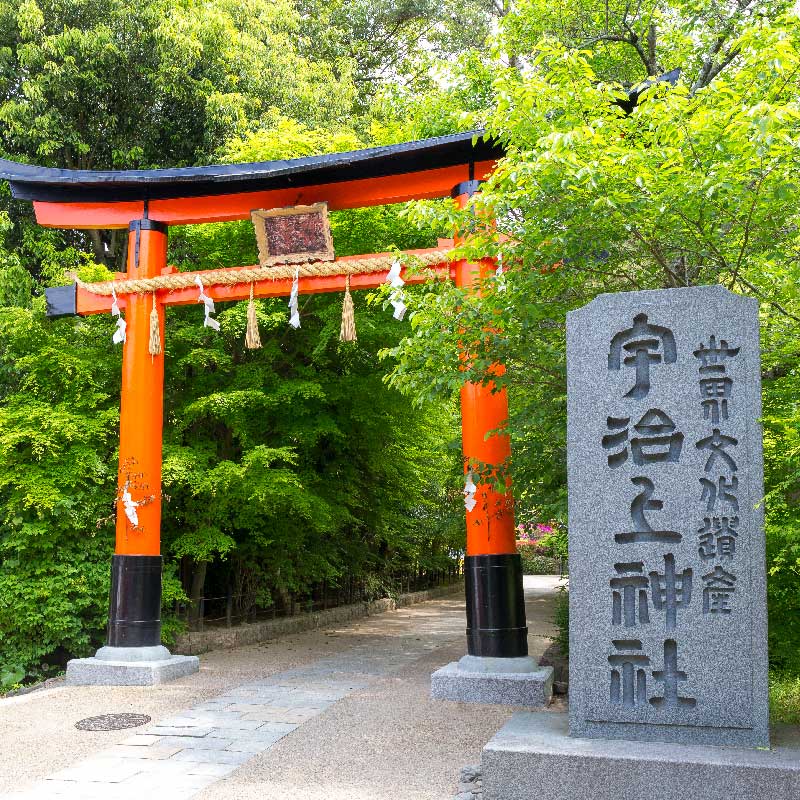
- Ujigami-jinja Shrine
-

Train:JR Nara Line to Uji Sta.




